Maui Climate: Why Does Maui Have Unique Weather?
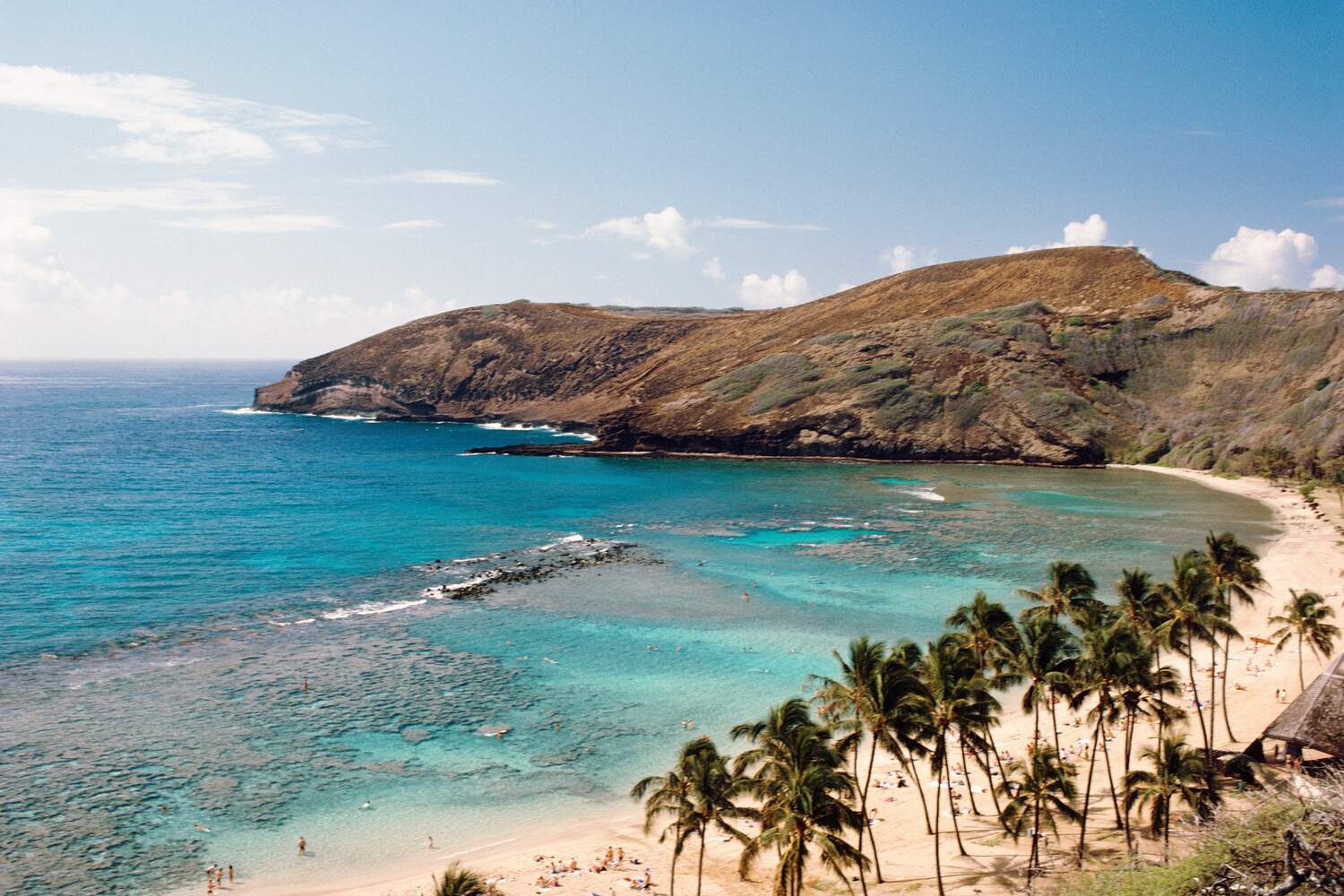

Aloha! | E Komo Mai
Why does Maui have such crazy weather? When you think of Hawaii you think of sunshine and palm trees, right? Well, yes, that’s true, but Maui climate is a little special.
But the reality is much wilder, especially in Maui. Maui’s weather has surprises around every corner – it’s all because of the unique geography and atmospheric conditions that make it unlike anywhere else.
Let’s get into why Maui has such weird weather and all the details you should know to enjoy your trip.
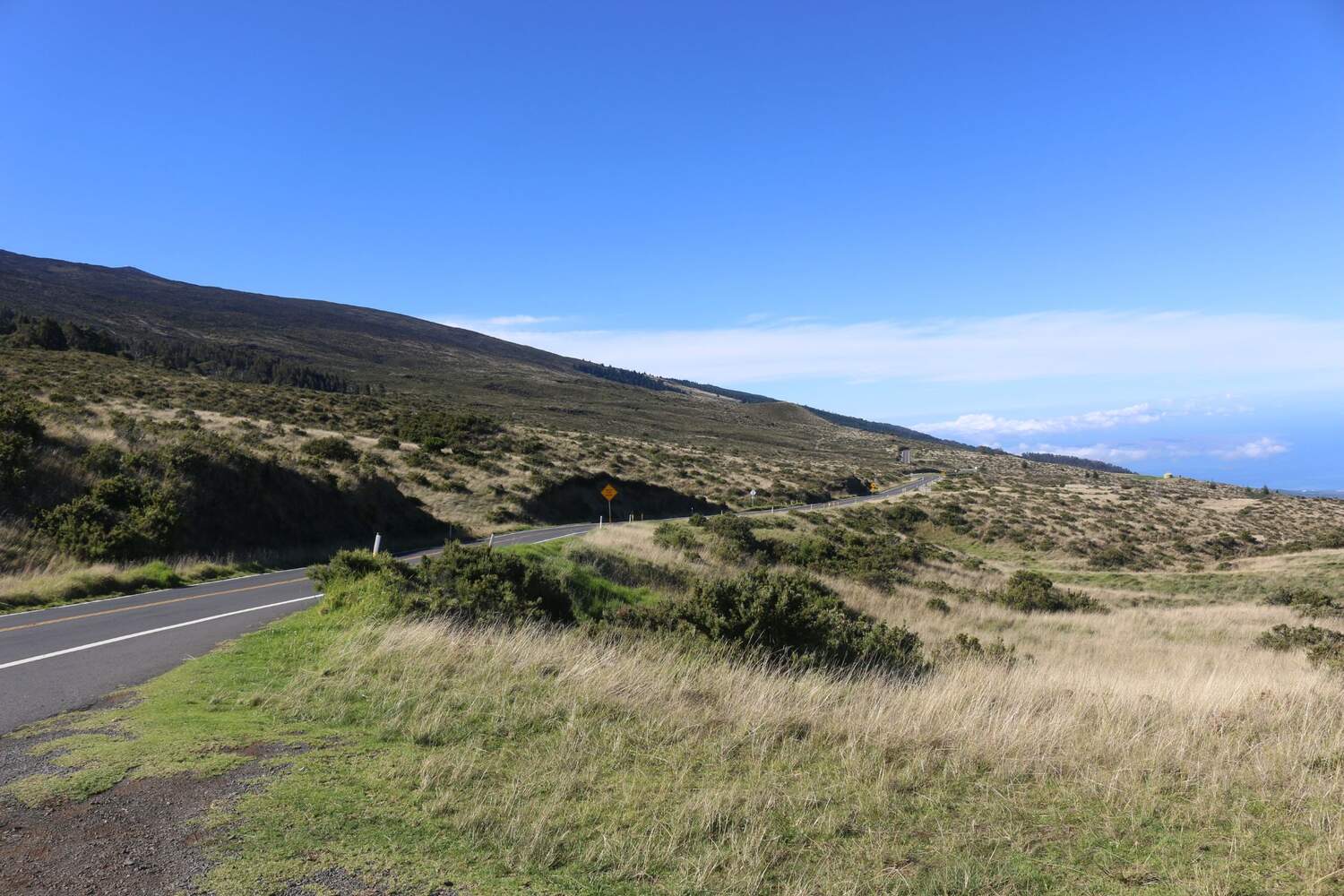
Understanding Maui Climate and Microclimates
First of all, remember this: although Maui is a small island, but it has many microclimates. Imagine driving from a sunbaked beach to a misty rainforest in a matter of minutes. That’s Maui for you.
Here are some essential details you’ll want to know when visiting.
How Mountains Make Maui Weather
The mountains are where the weather in Maui gets interesting. Maui’s landscape is a big player in its weather, and the island has many microclimates, particularly around Haleakalā and the West Maui Mountains.
Talking about the mountains, make sure to join the Haleakala sunset tour in Maui for the ultimate treat while on the island!
These towering peaks split the island into their own distinct climate zones. As moist air from the ocean rises up the mountains, it cools and condenses, creating clouds and rainfall on the windward sides.
On the other hand, the leeward sides remain drier, which means sunny skies and less precipitation.
With these weather patterns, you can experience a range of conditions on a single island, from lush rainforests to arid landscapes, depending on where you stay in Maui.
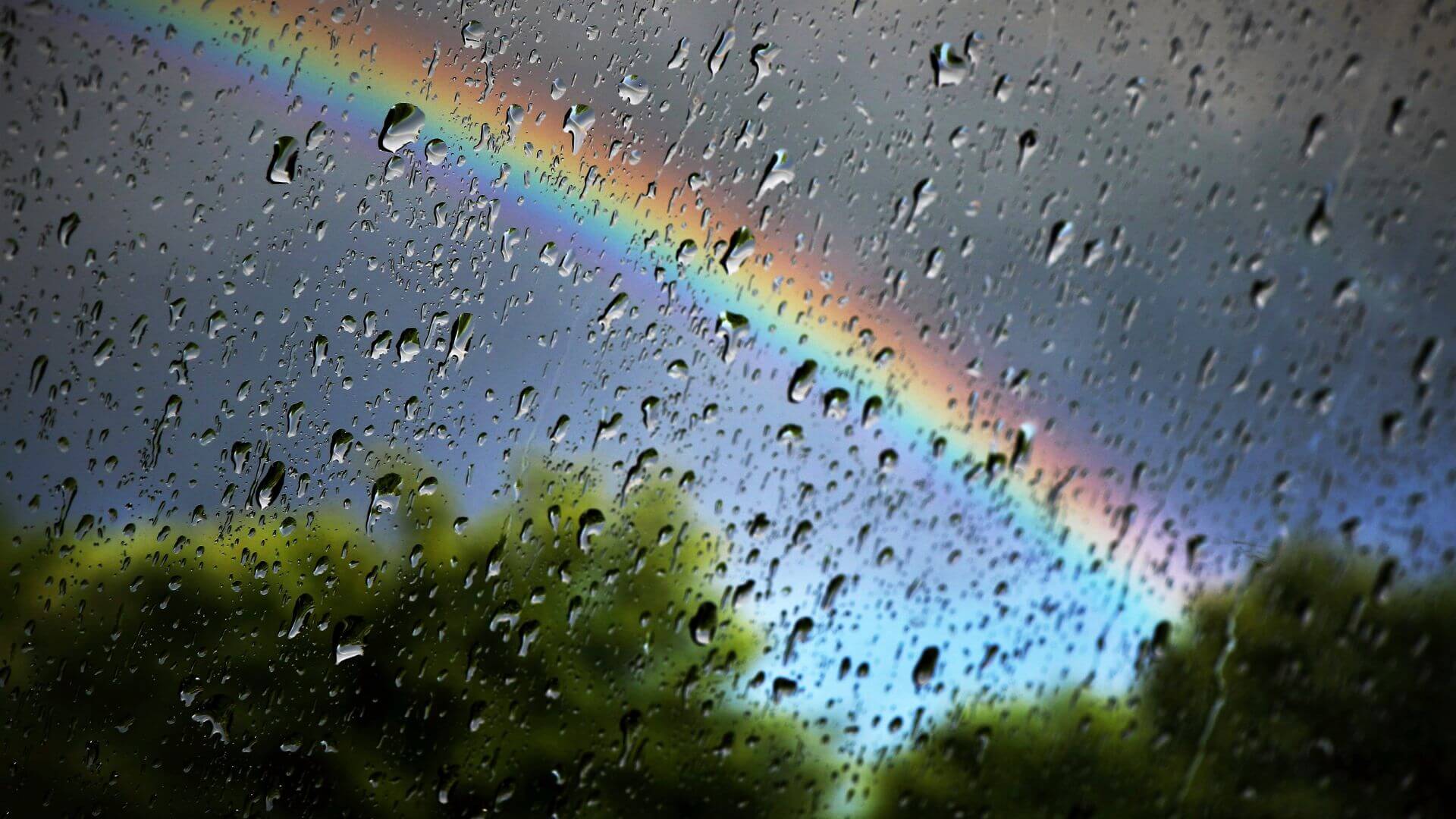
The Rain Shadow Effect: Why West Maui is Dry
The rain shadow effect is the reason why West Maui is much drier than other parts of the island. As trade winds push moist air toward the mountains, the air rises, cools, and drops its moisture as rain on the windward side.
By the time the air descends on the leeward side, on West Maui, it’s much drier. This creates a sunny, arid climate with far less rainfall.
Of course, that’s a great place to stay in Maui if you’re here for the beaches. But unfortunately, it also means very hot weather, hence the reason for the wildfires in Maui in 2023.
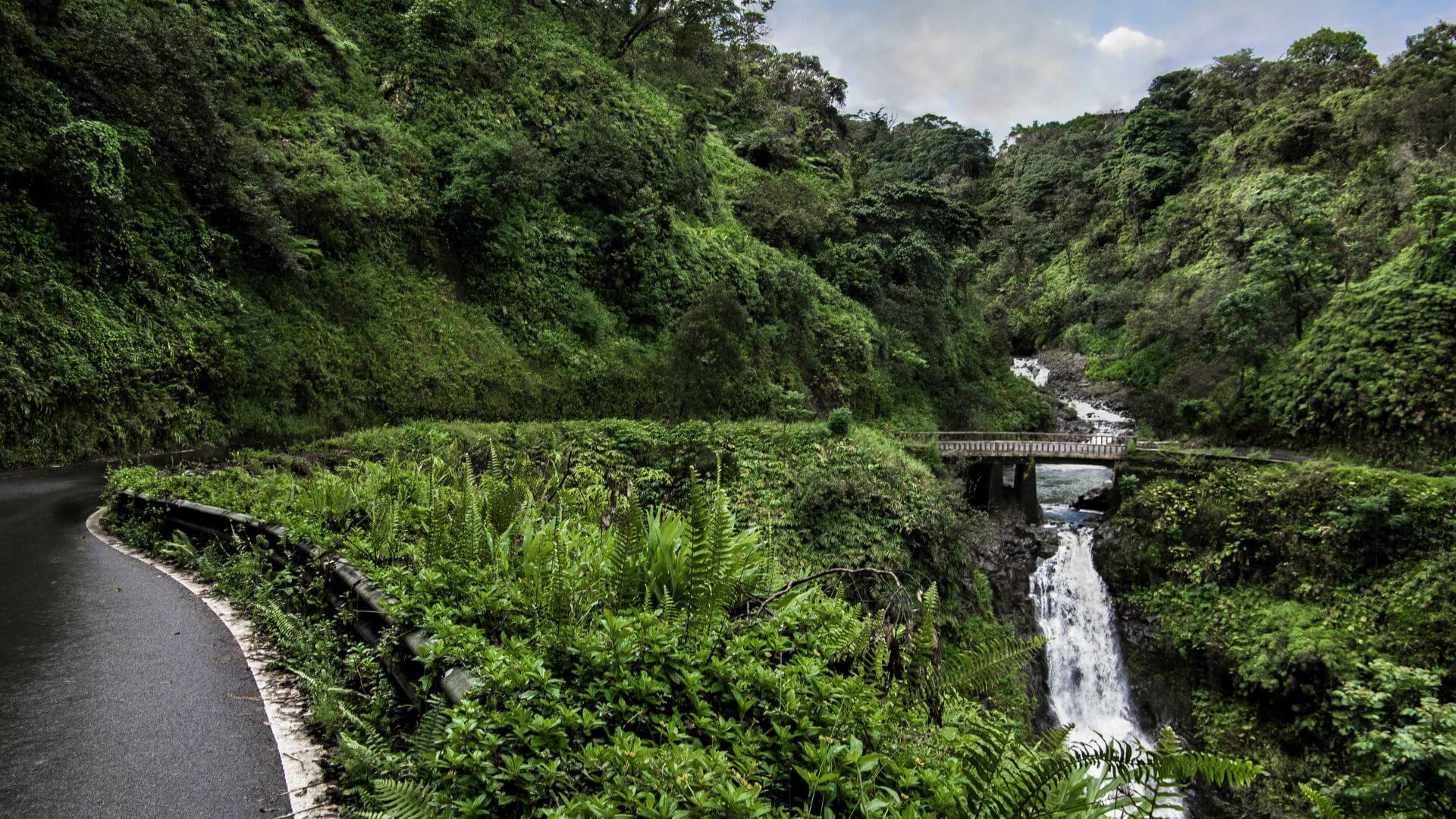
Trade Winds and Kona Winds
Trade winds are constantly present in Maui, blowing in from the northeast and shaping the island’s weather patterns.
These winds bring cool, moist air that keeps temperatures comfortable, particularly on the windward sides of the island. For your vacation, this means you can expect refreshing breezes, especially near the coast, and a more stable, predictable climate, which is good.
However, trade winds can also pick up speed, leading to choppy ocean conditions or windy beach days, so it’s a good idea to check the forecast if you’re planning outdoor activities like snorkeling or surfing.
Kona Winds
Then we have the Kona winds. These winds blow from the south (Kona) and sometimes bring volcanic smog, called “vog” with them.
Vog is basically a hazy mix of volcanic gases, mostly sulfur dioxide, and can affect air quality, especially in South Maui areas like Kihei.
The impact of vog varies from slightly reduced visibility to respiratory irritation. Visitors who are sensitive to air quality should keep an eye on NWS news and forecasts during Kona wind periods.
The presence of vog is a reminder that Maui’s Big Island neighbor, home to the Kilauea volcano, can impact the weather in Maui.
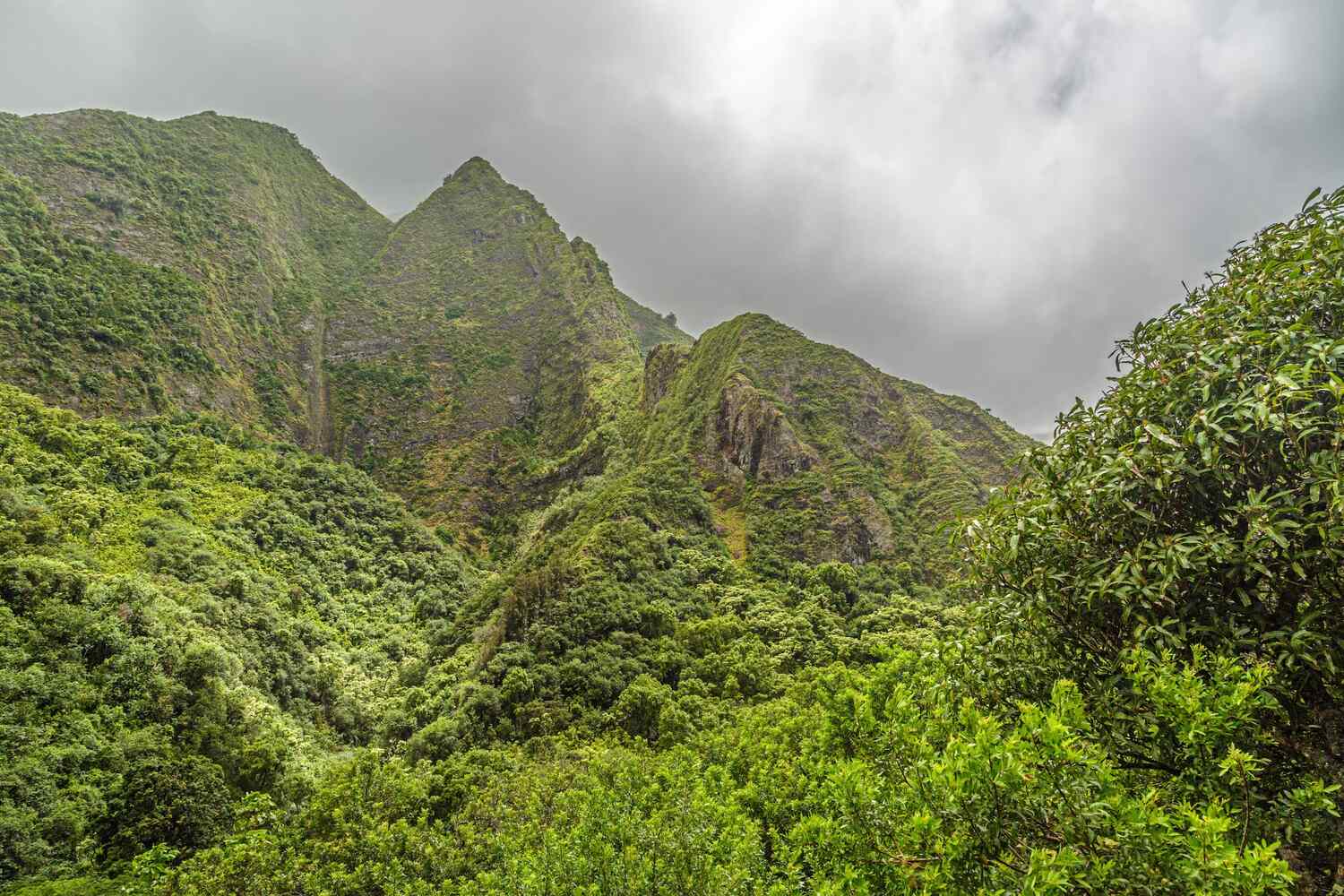
Maui’s Seasons
So, now for the question: does Maui have the 4 seasons we’re used to? The short answer is no. Because of the trade winds, Hawaii has two main seasons: a warmer, drier season (kau) from May to October and a slightly cooler, wetter season (ho’oilo) from November to April.
What to Expect When in Maui’s Weather
Now, even in the wettest months in Maui, don’t picture non-stop rain. Rain in Hawaii is often in quick bursts. And remember that microclimate magic we talked about? Sea level and location come into play in the different microclimates.
So if it’s raining in one spot, you’ll likely find sunshine just a short drive away. Upcountry areas like the Makawao-Pukulani-Kula area are cooler year-round than coastal areas. While these are general trends, even within these seasons Maui’s weather can vary.
Also, it’s worth noting that the Maui sunset dinner cruise is a fun trip that you’ll want to take no matter the season!

Planning for Maui Weather
Packing for a trip to Maui can be more fun because of the wild weather. Since Maui’s weather is unpredictable, you should prepare for all weather.
The key is layering, and you’ll want to pack for warm weather and cooler weather.
What to Bring When Visiting Maui
When visiting Maui, pack for a mix of activities and weather conditions. Essentials include lightweight, breathable clothing for warm days, and a light jacket for cooler evenings or higher elevations like Haleakalā. Don’t forget reef-safe sunscreen, a hat, and sunglasses for sun protection.
Comfortable walking shoes or sandals are a must for exploring, while water shoes are handy for rocky beaches. If you plan to hike or explore waterfalls, bring a daypack and a reusable water bottle.
Finally, pack a swimsuit, snorkel gear (or rent once you’re in Maui), and a waterproof phone case, especially for joining the epic snorkel tours from Maalaea Harbor!
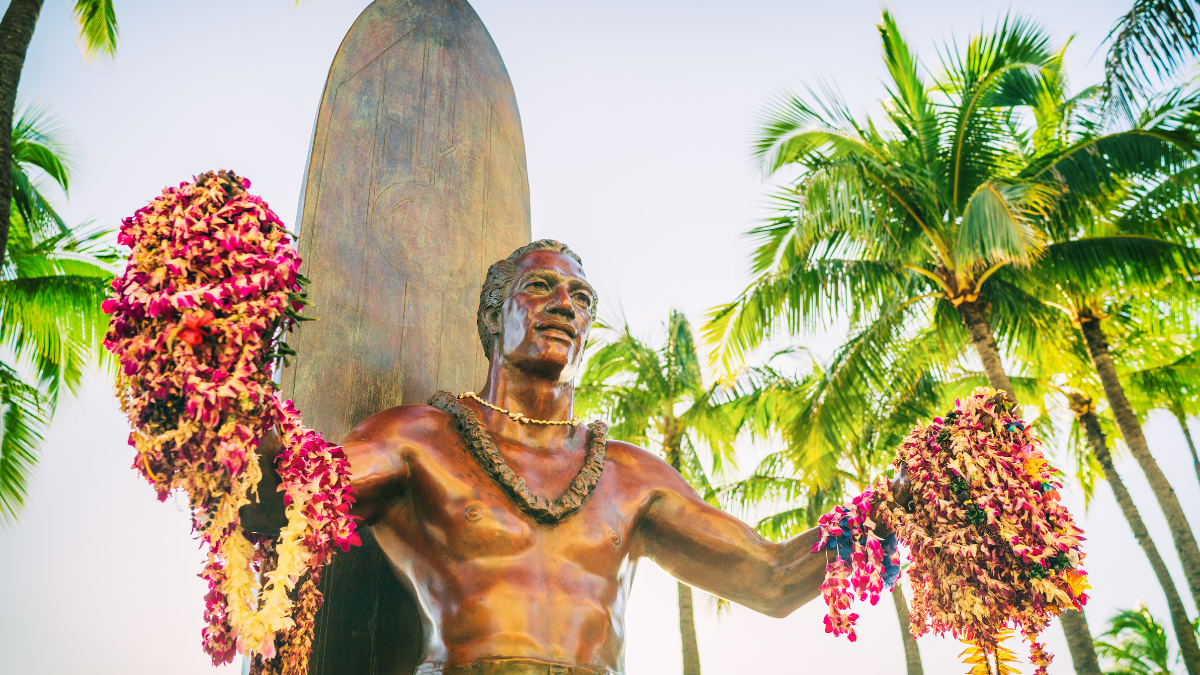
Conclusion:
So why does Maui have such wild weather? From volcanic peaks to trade winds Maui’s weather story is as complex and beautiful as the island itself. This dance between the natural forces creates the microclimates – it’s part of Maui’s magic, but you’ll enjoy your trip no matter what!
Frequently Asked Questions
Does Maui have 4 seasons?
Although Maui does experience subtle changes in weather, it doesn’t have 4 distinct seasons like many other places. Instead, it has two main seasons: a warmer, drier season from May to October and a cooler, wetter season from November to April.
Is Maui’s weather unpredictable?
Maui’s weather is mostly predictable, but sudden rain showers or changes in wind direction can happen. Come prepared with layers and check the forecast often, especially when joining guided tours around the island.
What’s special about Maui Climate?
Maui has diverse landscapes, from volcanic peaks to rainforests to beaches. These geographical features create microclimates and wild weather. The average rainfall in Maui can vary greatly from one area to another.
When Can You Swim in Maui?
You can swim in Maui year-round, thanks to the warm tropical climate. Ocean temperatures generally range from 75°F in winter to 82°F in summer, making it comfortable for swimming any time of the year.
The calmest and warmest waters are typically from April to October during the dry season. Popular swimming spots like Wailea Beach, Kaanapali Beach, and Kapalua Bay offer great conditions for swimming, snorkeling, and other water activities throughout the year.
Share:
